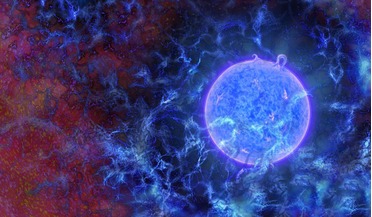 02 March 2018
Light from the Universe’s first stars detected
02 March 2018
Light from the Universe’s first stars detected
... as supernovas. So astronomers looked to other means in which to identify the light. Previous research had indicated that the first stars would have released tremendous amounts of ultraviolet (UV) light and that this light could have interacted with...
 29 January 2018
Astronomers discover a fossil of the Reionisation era
29 January 2018
Astronomers discover a fossil of the Reionisation era
...around a billion years old, relates to a period when the first massive stars – stars that were 30 to 300 times as massive as our Sun...information about the end of the cosmic dark ages, the first stars and galaxies, and the structure of our Universe as ...
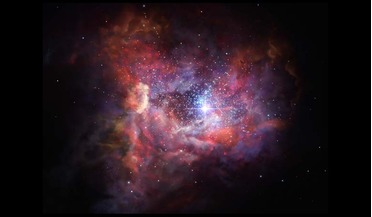 08 March 2017
The most distant galaxy yet observed by ALMA gives insight into first stars
08 March 2017
The most distant galaxy yet observed by ALMA gives insight into first stars
... molecules emit their photons in, therefore the observatory is perfectly suited to help study the era when the first stars and galaxies “switched on.” “With ALMA, the prospects for performing deeper and more extensive observations of similar...
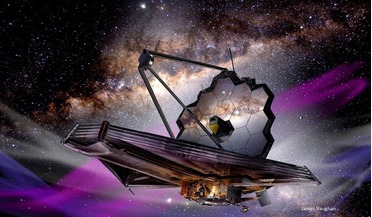 May 2022
Essential guide to the James Webb Space Telescope
May 2022
Essential guide to the James Webb Space Telescope
...at the hidden infrared universe, touching on almost every branch of astrophysics, from unveiling the light of the very first stars and galaxies to hunting for possible signs of life around nearby worlds. Although we have planned extraordinary science...
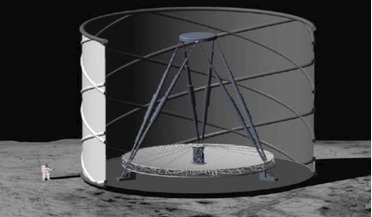 18 November 2020
Astronomers want to revive idea for ‘Ultimately Large Telescope’ on the Moon
18 November 2020
Astronomers want to revive idea for ‘Ultimately Large Telescope’ on the Moon
...like to revive the idea so that they could study the first stars in the Universe. Building a telescope on the Moon might ..., the UHT would be able to observe Population III stars, the first stars which formed about 13 billion years ago. These distinct ...
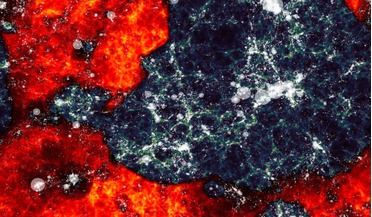 09 September 2019
Ancient light helps to unravel cosmic "dark age"
09 September 2019
Ancient light helps to unravel cosmic "dark age"
...Eventually, these regions would become the seeds of the first stars. As the stars began to grow, they released large amounts of ... by neutral hydrogen - the EoR gas that would later form the first stars. So far, though, no one has been able to observe ...